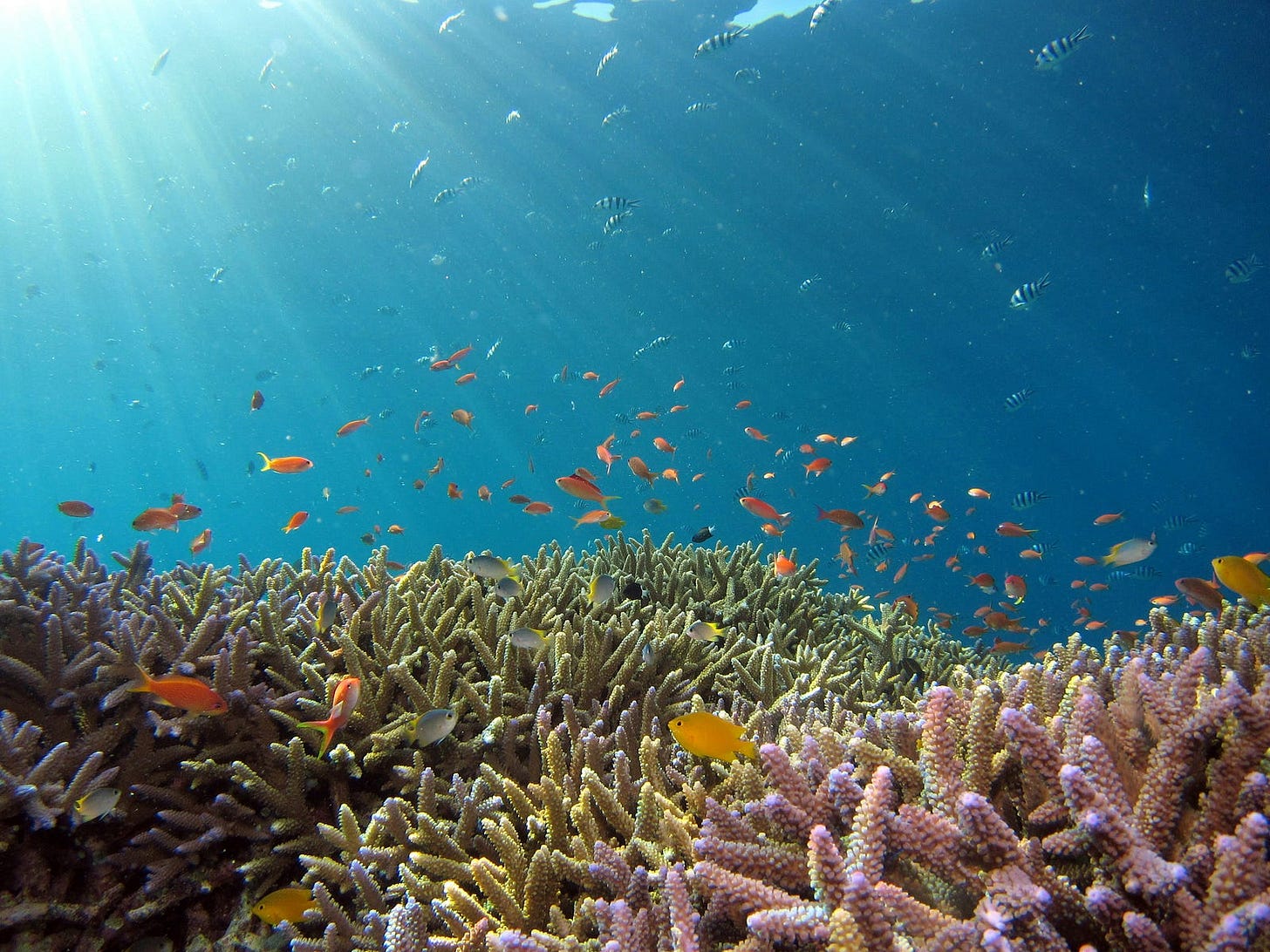Carbon Capture Could Do More Harm Than Good
There is a reason carbon capture should be a last resort.

Year after year, we have failed to reduce our emissions enough to avoid the global climate apocalypse just on the horizon, and as such, each year that goes by, carbon capture technology becomes ever more important. This pie-in-the-sky get-out-of-jail-free card technology can potentially reset the atmosphere and completely repent our climate sins. In reality, it is only feasible for that last hop and a skip to net-zero by offsetting the emissions from industries that simply can’t (or haven’t) decarbonised fast enough. In the race to develop ever more capable carbon capture technology, Equatic has emerged as a trailblazer, with a system far more efficient and scalable than any other. But it has recently come under scrutiny as it could do more damage than good. Let me explain.
Equatic’s technology is incredibly innovative. The machine is fed desalinated seawater, which then undergoes electrolysis using Equatic’s oxygen-selective anodes. This splits some of the water into oxygen and hydrogen; the oxygen is released, and the hydrogen is collected and stored. But, during this process, the dissolved carbon dioxide and a little atmospheric carbon dioxide react with dissolved calcium and magnesium in the seawater to form solid carbonate minerals, which are strained out. These minerals are stable for millennia, so they safely lock the carbon away from the atmosphere. Moreover, the collected hydrogen can be sold as carbon-neutral (or even carbon-negative) green hydrogen!
Why is this system so remarkable? Well, it is incredibly energy efficient, using around 20% less energy per kg of carbon dioxide stored than other carbon capture systems. This, combined with the fact that Equatic can sell their green hydrogen as fuel and carbonate minerals as aggregate to offset costs, makes it potentially the cheapest ever form of carbon capture. As costs are the significant limiting factor of the carbon capture industry from reaching the scale in which it can actually make a difference, this represents a gargantuan breakthrough.
But Equatic, like every other ocean-based carbon capture technology, seems to have one enormous flaw: They may do more damage than good.
Lili Fuhr, the director of the fossil economy program at the Center for International Environmental Law, recently explained this problem to CNN. “We already know that power plants kill fish larvae and other marine life. Equatic would process much more seawater per plant than a power plant,” she told the new channel, “And thousands of such plants would be needed to make any meaningful impact on the global climate.”
Fuhr’s worries aren’t unfounded. Equatic’s prototype plant, Equatic-1, is set to capture 3,650 tonnes of carbon dioxide and produce 105 tonnes of green hydrogen each year. This means that the small plant will have to process 950,000 litres of seawater, which in turn kills any life within that water. But Equatic doesn’t want to stop there and plans to expand dramatically to meet carbon capture demand. By 2050, we are set to require 8 gigatonnes of annual carbon capture capacity. If Equatic expands to only need half of this demand, they will have to process 104 billion litres of seawater each year!
According to the Australian Department of Environment and Energy, a single litre of ocean water contains around a million phytoplankton, microscopic plants which constitute the foundation of most ocean food webs, and half a million zooplankton, microscopic animals, a significant portion of which are the early-life stages of macroscopic ocean life like shellfish and fish. As such, even this tiny plant could greatly impact its local marine ecosystems. If Equatic scales up as expected, it could significantly impact the entire ocean ecosystem.
Especially as the ocean ecosystem is already suffering and set to face colossal challenges in the future.
Ocean predatory biomass, a vital indicator of the ocean’s health, has declined by two-thirds in the past century. The vast majority of these losses have happened in the past 40 years. Events like marine heatwaves, coral bleaching and current slow-down are set to have devastating impacts over the next few decades, potentially wiping out entire marine ecosystems. Our oceans are literally dying before our eyes. Using a technology at scale that destroys vast amounts of the primary food and the young of the creatures in these ocean food webs can only make this disastrous situation even worse.
So, is this the end of the road for Equatic? No. It simply means we must spend time assessing their technology’s impact and how they can mitigate it before we use it at scale. For example, they can develop desalination systems that safely sieve out phytoplankton and zooplankton before being processed. Such a system might incur extra energy use and costs, but it’s not like Equatic can’t stomach these. But developing and testing these systems to a level that ensures they aren’t going to damage the oceans could take years and years! As such, this is another reminder that we can’t rely on carbon capture to avoid the climate disaster coming our way. This is technology in its infancy and needs to be treated as such.
Thanks for reading! Content like this doesn’t happen without your support. So, if you want to see more like this, don’t forget to Subscribe and follow me on BlueSky or X and help get the word out by hitting the share button below.
Sources: CNN, California Waterboards, Will Lockett, The Guardian, CIMI, Marine Ecology Progress Series



